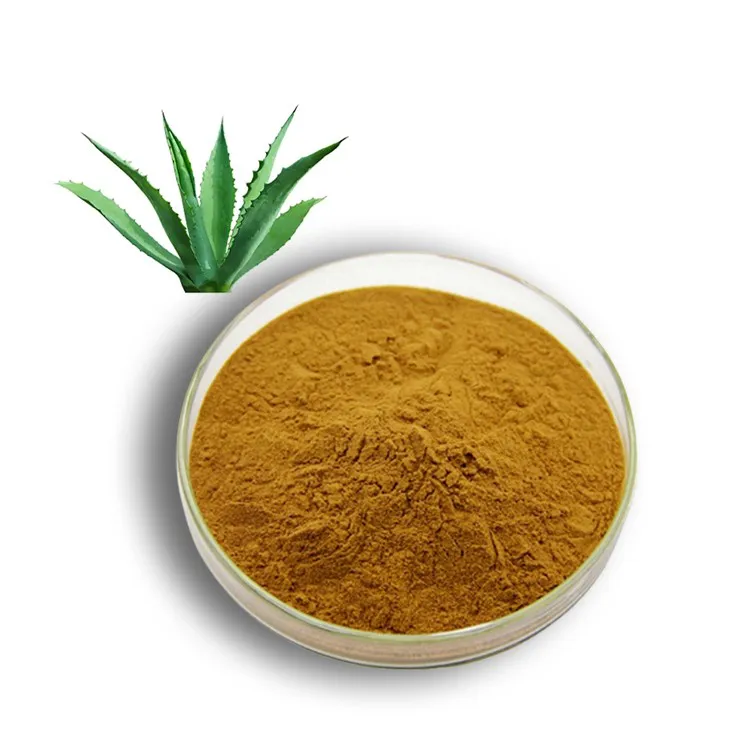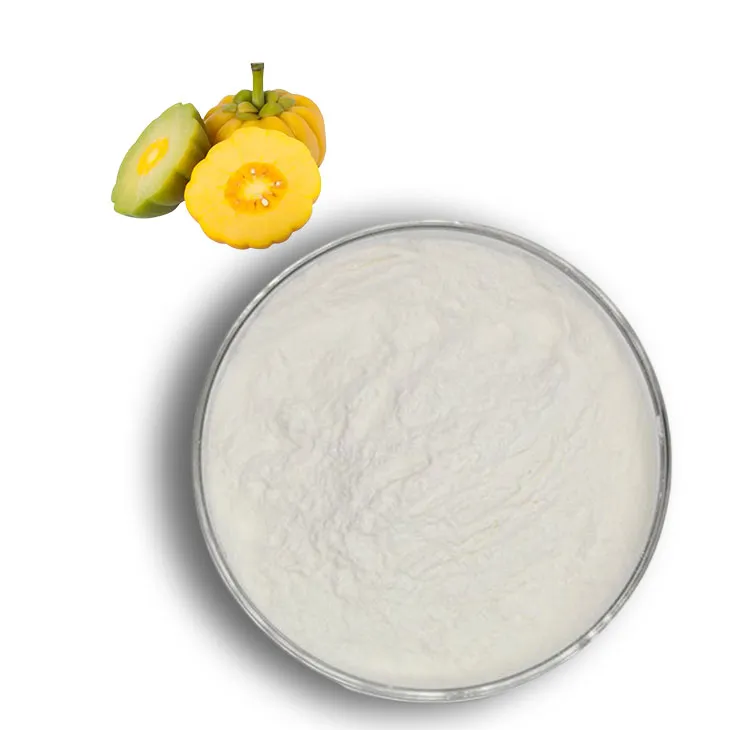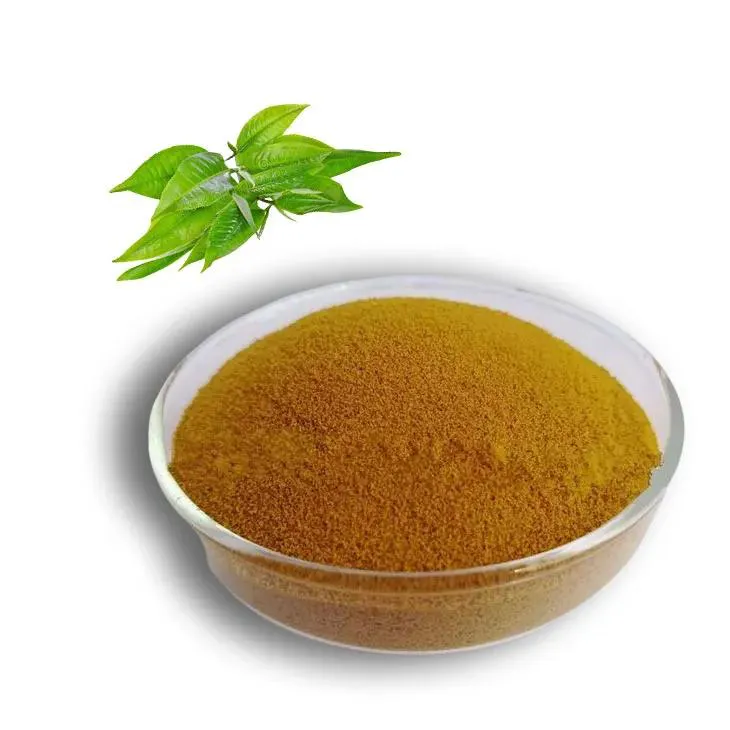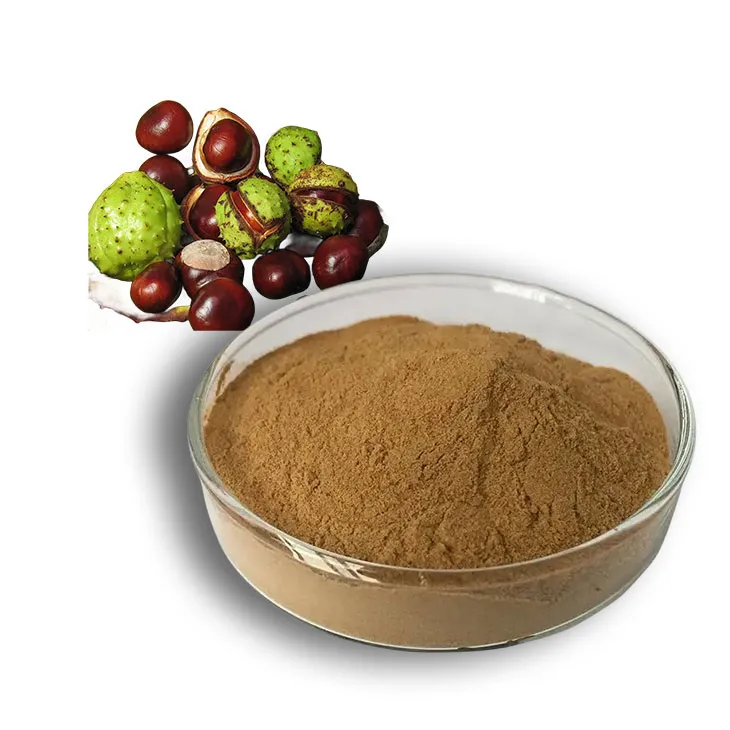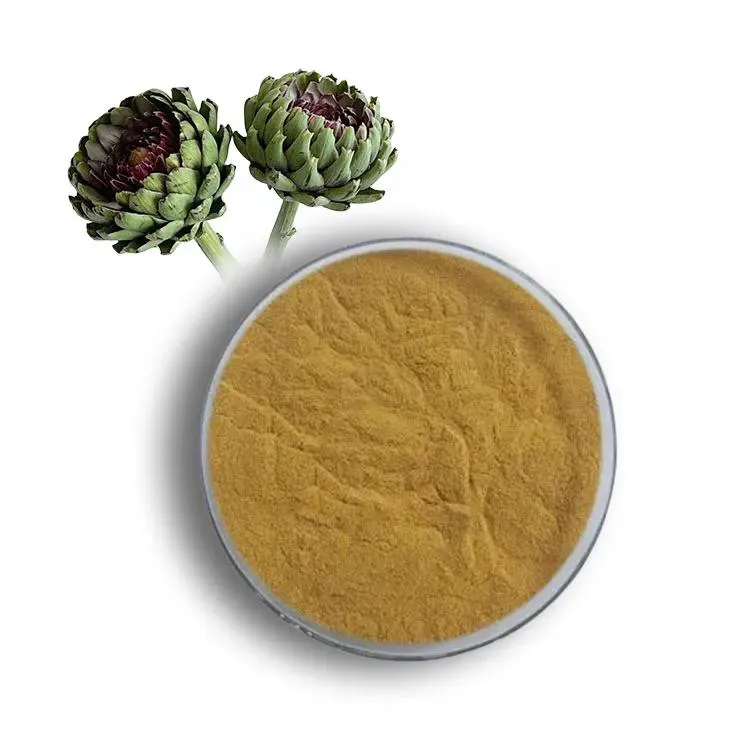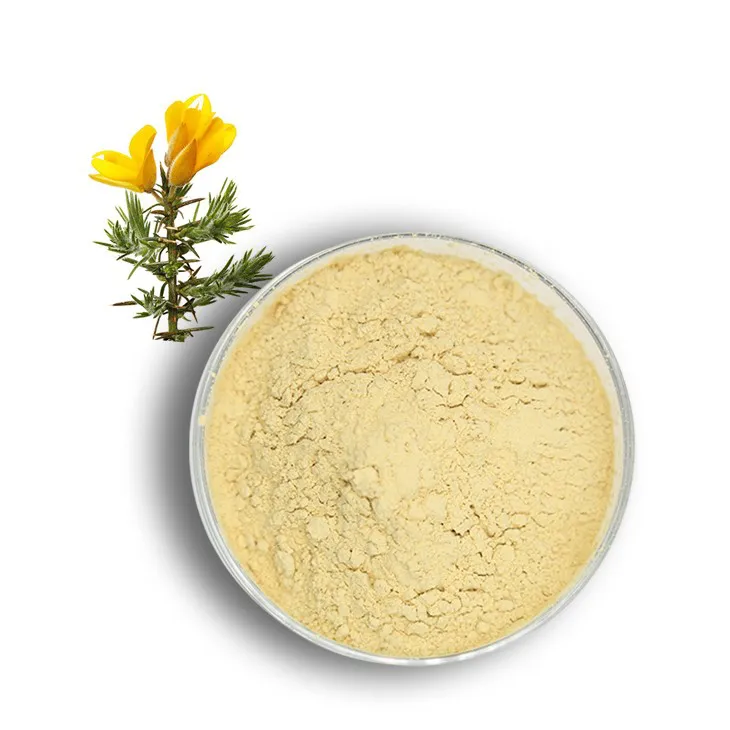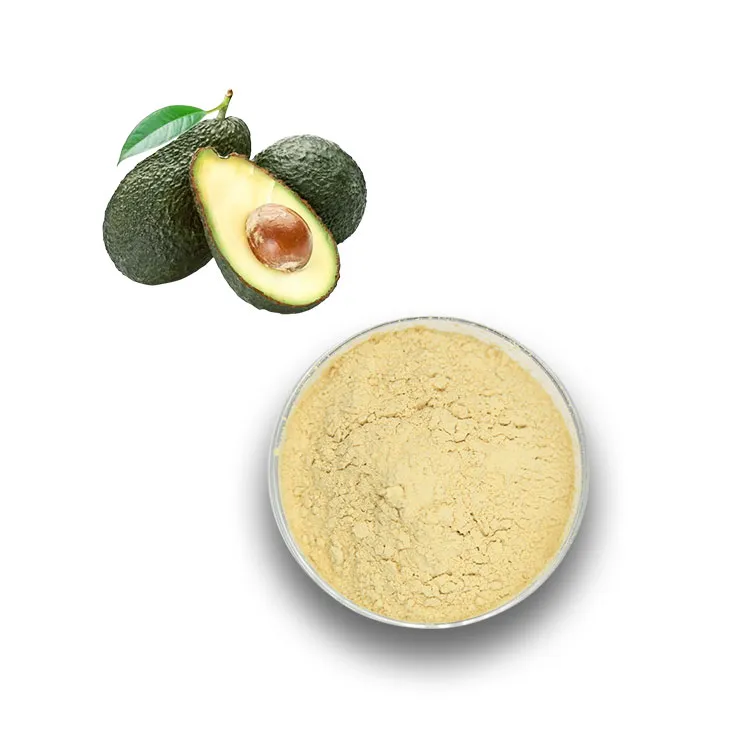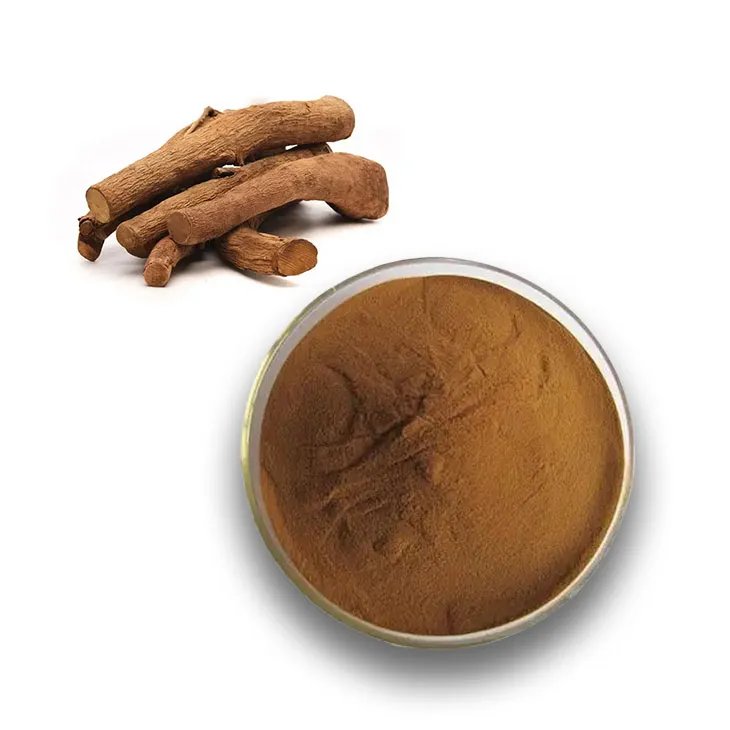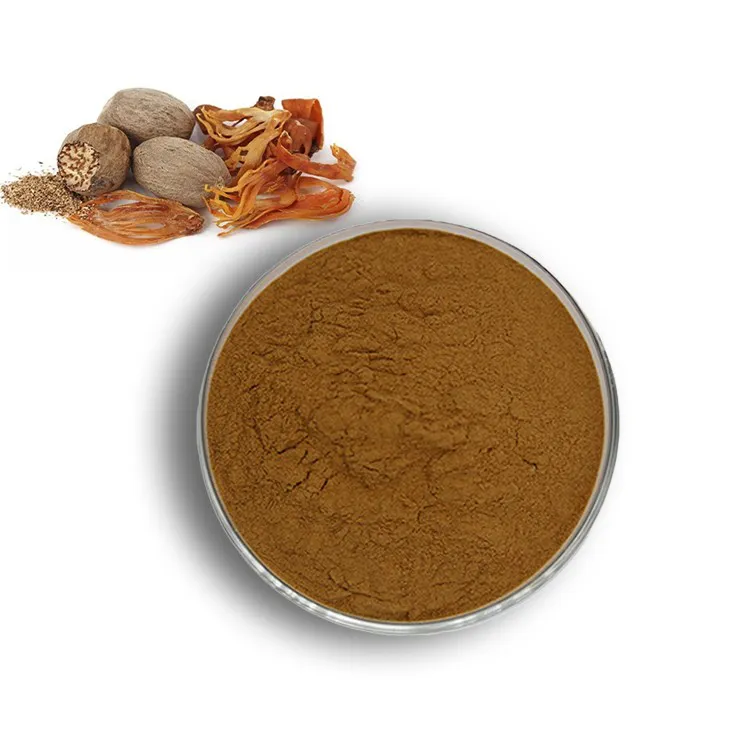- 0086-571-85302990
- sales@greenskybio.com
Complete Guide to Alfalfa Powder Grinding Process: Step - by - Step Key Points
2024-12-10
1. Introduction
Alfalfa, known for its high nutritional value, has been widely used in various fields such as animal feed, human health supplements, and agricultural applications. Alfalfa powder is a convenient form for its utilization. The grinding process of alfalfa into powder is a crucial step in its production chain. This article will provide a comprehensive guide on the step - by - step key points of the alfalfa powder grinding process.
2. Raw Material Preparation
2.1 Harvesting
- The quality of alfalfa for powder production starts with proper harvesting. Alfalfa should be harvested at the appropriate growth stage. Generally, it is best to harvest when the plant is in the early to mid - bloom stage. This is when the nutrient content is relatively high. - Harvesting equipment needs to be clean and in good working condition to avoid contaminating the alfalfa. For example, a well - maintained mower should be used to cut the alfalfa evenly.
2.2 Drying
- After harvesting, drying is essential. Alfalfa contains a significant amount of moisture, and excessive moisture can lead to problems during grinding and storage. The drying process should be carried out quickly to preserve the nutrients. - There are different drying methods available. Sun drying is a traditional method. However, it may be affected by weather conditions. In modern production, mechanical drying using dryers is more common. The drying temperature should be carefully controlled. A temperature range of 40 - 60°C is usually considered suitable to avoid over - drying or under - drying. - During drying, the alfalfa should be spread evenly to ensure uniform drying. Thickness of the alfalfa layer during drying also affects the drying efficiency. A layer thickness of about 5 - 10 cm is often recommended.
2.3 Cleaning
- Once dried, the alfalfa needs to be cleaned. This step is to remove impurities such as dirt, stones, and other foreign materials. - Cleaning equipment like sieves and air blowers can be used. Sieves can separate larger particles of impurities, while air blowers can blow away lighter impurities such as dust. - After cleaning, the alfalfa should be inspected visually to ensure that no obvious impurities remain.
3. Grinding Equipment Selection
- The choice of grinding equipment plays a vital role in the quality of alfalfa powder. There are several types of grinding machines available.
3.1 Hammer Mills
- Hammer mills are widely used for alfalfa grinding. They work by using high - speed rotating hammers to impact the alfalfa. - The advantage of hammer mills is their high - speed operation, which can quickly break down the alfalfa into smaller particles. However, they may generate more heat during operation, which could potentially affect the nutrient content of the alfalfa powder if not properly controlled. - When using a hammer mill, the size of the sieve or screen used can be adjusted according to the desired powder fineness. A smaller sieve size will result in a finer powder.
3.2 Roller Mills
- Roller mills operate by squeezing and shearing the alfalfa between two or more rollers. - They are known for producing a more uniform particle size compared to hammer mills. However, they may have a relatively lower grinding speed. - Roller mills are often preferred when a more precise particle size control is required, such as in some high - end alfalfa powder products for human consumption.
3.3 Pin Mills
- Pin mills use pins or studs on rotating disks to grind the alfalfa. - They are suitable for fine grinding and can produce very fine alfalfa powder. But they may also be more expensive than other types of grinding machines. - When selecting a grinding machine, factors such as production capacity, desired powder fineness, and budget need to be considered.
4. Grinding Process
4.1 Pretreatment
- Before grinding, some pretreatment may be necessary. For example, if the alfalfa has been dried and stored for a while, it may be slightly hardened. In this case, it can be pre - softened by adding a small amount of moisture. However, care should be taken not to add too much moisture, as it can cause clogging during grinding. - Another pretreatment method could be to cut the alfalfa into smaller pieces if the pieces are too large. This can help improve the grinding efficiency.
4.2 Grinding Operation
- When starting the grinding operation, the grinding machine should be set according to the desired powder fineness. For example, if using a hammer mill, the appropriate sieve size should be installed. - The feed rate of the alfalfa into the grinding machine is also crucial. A too - fast feed rate may result in incomplete grinding, while a too - slow feed rate may reduce the production efficiency. The feed rate needs to be adjusted based on the capacity of the grinding machine. - During grinding, it is important to monitor the temperature of the grinding chamber. As mentioned earlier, excessive heat can damage the nutrient content of the alfalfa powder. If the temperature rises too high, appropriate cooling measures should be taken, such as using a cooling system or adjusting the feed rate.
4.3 Post - Grinding Treatment
- After grinding, the alfalfa powder may need to be further processed. One common post - grinding treatment is sieving to remove any large particles or unground pieces that may still be present. - Another treatment could be packaging. The packaging material should be chosen carefully to protect the alfalfa powder from moisture, air, and light. For example, using vacuum - sealed bags or opaque containers can help maintain the quality of the powder.
5. Quality Control
5.1 Particle Size Analysis
- Particle size is an important quality indicator of alfalfa powder. Particle size analysis can be carried out using methods such as sieving analysis or laser diffraction. - The particle size should meet the requirements specified for the particular application. For example, if the alfalfa powder is for animal feed, a coarser powder may be acceptable, while for human health supplements, a finer powder is usually required.
5.2 Nutrient Content Analysis
- Since alfalfa is rich in nutrients, it is essential to analyze the nutrient content of the powder. This includes analyzing the content of proteins, vitamins (such as vitamin A, vitamin C), minerals (such as calcium, potassium), and other bioactive compounds. - Any significant loss of nutrients during the grinding process may indicate that the process needs to be optimized. For example, if the protein content is lower than expected, it may be due to excessive heat generated during grinding.
5.3 Contamination Detection
- Contamination in alfalfa powder can come from various sources, such as impurities in the raw material or contamination during the grinding process. - Contamination detection methods include visual inspection for obvious foreign materials, as well as laboratory tests for heavy metals, pesticides, and microbial contaminants. For example, if there are signs of mold growth in the alfalfa powder, it indicates a problem with either the raw material quality or the storage conditions.
6. Storage and Transportation
6.1 Storage Conditions
- Alfalfa powder should be stored in a cool, dry, and well - ventilated place. High temperature and humidity can cause spoilage, such as mold growth and nutrient degradation. - The storage area should be clean and free from pests. Using proper storage containers, such as sealed bins or barrels, can help protect the powder from external factors.
6.2 Transportation Considerations
- During transportation, the alfalfa powder needs to be protected from vibration, impact, and exposure to adverse environmental conditions. - Packaging for transportation should be sturdy and able to withstand handling and stacking. For long - distance transportation, appropriate insulation and temperature control measures may be necessary to ensure the quality of the powder remains intact.
7. Conclusion
- The grinding process of alfalfa powder is a multi - step and complex process that requires careful attention to each key point. From raw material preparation to quality control, and finally to storage and transportation, every step is crucial for producing high - quality alfalfa powder. - By following the step - by - step guide provided in this article, producers can optimize their production processes, ensure product quality, and meet the diverse needs of different applications in the fields of animal feed, human health supplements, and more.
FAQ:
What are the initial steps in the alfalfa powder grinding process?
The initial steps in the alfalfa powder grinding process typically involve sourcing high - quality alfalfa. This may include selecting fresh, healthy alfalfa plants. Then, the alfalfa needs to be thoroughly cleaned to remove any dirt, debris, or unwanted substances. After cleaning, it may be dried to an appropriate moisture level, which is crucial for effective grinding as excessive moisture can lead to clogging in the grinding equipment and affect the quality of the final powder.
Why is the drying step important in alfalfa powder grinding?
The drying step is important in alfalfa powder grinding because it helps to control the moisture content. If the alfalfa has too much moisture when it enters the grinding process, it can cause problems such as clogging of the grinding machinery. Additionally, proper drying ensures the preservation of the alfalfa and helps in achieving a more consistent grind. It also inhibits the growth of mold and bacteria, which could otherwise contaminate the alfalfa powder.
What types of grinding equipment are suitable for alfalfa powder grinding?
Several types of grinding equipment can be suitable for alfalfa powder grinding. For example, a hammer mill is often used as it can effectively break down the alfalfa into smaller particles. A ball mill can also be an option, especially if a finer grind is desired. Additionally, some specialized crushers or pulverizers may be used depending on the scale of production and the specific requirements of the final alfalfa powder product, such as particle size distribution and powder consistency.
How can one ensure the quality of the alfalfa powder during the grinding process?
To ensure the quality of the alfalfa powder during the grinding process, first, start with high - quality alfalfa raw materials. During grinding, monitor the temperature of the grinding equipment as excessive heat can degrade the nutritional value of the alfalfa. Also, ensure that the grinding process is consistent and that the particle size is uniform. Regularly check and clean the grinding equipment to prevent cross - contamination and ensure smooth operation. Finally, proper packaging after grinding helps to preserve the quality of the alfalfa powder.
What are the main factors affecting the fineness of alfalfa powder?
The main factors affecting the fineness of alfalfa powder include the type of grinding equipment used. Different grinding machines have different capabilities in terms of achieving fine particles. The moisture content of the alfalfa also plays a role; drier alfalfa may be more easily ground to a finer consistency. The duration of the grinding process can influence fineness as well. Longer grinding times may result in a finer powder, but it also needs to be balanced to avoid over - grinding and potential damage to the nutritional components of the alfalfa.
Related literature
- “The Science behind Alfalfa Processing and Powder Production”
- “Advanced Techniques in Alfalfa Powder Grinding and Quality Control”
- “Optimizing Alfalfa Powder Grinding for Nutritional Preservation”
- ▶ Hesperidin
- ▶ citrus bioflavonoids
- ▶ plant extract
- ▶ lycopene
- ▶ Diosmin
- ▶ Grape seed extract
- ▶ Sea buckthorn Juice Powder
- ▶ Beetroot powder
- ▶ Hops Extract
- ▶ Artichoke Extract
- ▶ Reishi mushroom extract
- ▶ Astaxanthin
- ▶ Green Tea Extract
- ▶ Curcumin Extract
- ▶ Horse Chestnut Extract
- ▶ Other Problems
- ▶ Boswellia Serrata Extract
- ▶ Resveratrol Extract
- ▶ Marigold Extract
- ▶ Grape Leaf Extract
- ▶ blog3
- ▶ Aminolevulinic acid
- ▶ Cranberry Extract
- ▶ Red Yeast Rice
- ▶ Red Wine Extract
-
Aguaje Extract
2024-12-10
-
Garcinia Cambogia Extract
2024-12-10
-
Green Tea Extract
2024-12-10
-
Horse Chestnut Extract
2024-12-10
-
Sea buckthorn oil
2024-12-10
-
Artichoke Extract
2024-12-10
-
Genistein
2024-12-10
-
Avocado Extract Powder
2024-12-10
-
Tongkat Ali Extract Powder
2024-12-10
-
Nutmeg Extract
2024-12-10











